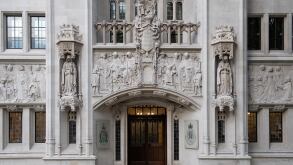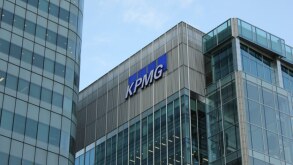
In order to arbitrate import and export transaction prices, Brazilian taxpayers must choose the method that best fits their needs among those established by tax legislation. Based on our experience, the Resale Price Less Profit (PRL) is the easiest way, but at times not the most advantageous, to calculate the parameter price due on import transactions as its applicability depends solely on Brazilian company documents.
Article 18 of Law no. 9430/96 establishes that the PRL parameter price shall be equivalent to the weighted average of resale prices of imported goods, services or rights for unrelated parties, less: (i) unconditional discounts; (ii) taxes on sales; (iii) brokerage fees and sales commissions; (iv) in the case of mere resale of imported goods, 20% profit margin on resale price less unconditional discounts only; or 60% profit margin on resale price less unconditional discounts and value added in the country, in the case of manufacturing inputs.
The issue arises as to the application of 60% profit margin on resale. The referred article of Law no 9430/96 was firstly regulated by normative ruling no 32/01, which determined that the parameter price should be the difference between the net sales price (duly deducted of discounts, taxes and commissions) and the profit margin of 60%. For a better understanding, we illustrate a hypothetic calculation according to this ruling, which we understand to be fully according to the law:
| Description |
Brazilian R$ |
Reference |
Raw material import cost |
7,600.00 |
(a) |
Added costs in Brazil |
3,190.00 |
(b) |
End product cost |
10,790.00 |
(c) = (a) + (b) |
Average sales price |
14,000.00 |
(d) |
Unconditional discounts, sales on taxes, brokerage fees and sales commissions |
2,000.00 |
(e) |
Calculation basis of 60% profit margin |
8,810.00 |
(f) = (d-e-b) |
60% profit margin |
5,286.00 |
(g) = (f x 60%) |
Parameter price |
6,714.00 |
(h) = (d-e-g) |
IRPJ and CSLL adjustment |
886.00 |
(i) = (h-a) |
However, normative ruling no 32/01 was revoked in November 2002 by normative ruling no. 243/02, which determines that the calculation of the parameter price shall consider only the deduction of the profit margin (corresponding to the proportion of the imported material on the total cost of the end product) from the value of participation of the imported material in the net sales price of the end product, as follows (hypothetically):
| Description |
Brazilian R$ |
Reference |
Raw material import cost |
7,600.00 |
(a) |
Added costs in Brazil |
3,190.00 |
(b) |
End product cost |
10,790.00 |
(c) = (a) + (b) |
Average sales price |
14,000.00 |
(d) |
Unconditional discounts, sales on taxes, brokerage fees and sales commissions |
2,000.00 |
(e) |
Percentage of the imported raw material on the end cost product |
70,44% |
(f) = (a/c) |
Participation of the imported raw material in the net sales price of the end product |
8,452.80 |
(g) = (f) x (d-e) |
60% profit margin |
5,071.68 |
(h) = (g x 60%) |
Parameter price |
3,381.12 |
(i) = (g-h) |
IRPJ and CSLL adjustment |
4,218.88 |
(j) = (i-a) |
The calculation determined by normative ruling no 243/02 can represent a major tax burden to taxpayers in relation to IRPJ and CSLL payment and is not supported by Law no 9430/96 and subsequent changes.
We understand that normative ruling no 243/02 may be challenged on the grounds that only a law can determine or raise taxes, while a normative ruling can merely clarify the contents of a law, according to the Brazilian Federal Constitution and Brazilian Tax Code.
It is probable that the taxpayer will be charged if it follows the provisions of normative ruling no 32/01 instead of normative ruling no 243/02 regarding the calculation of parameter price – PRL 60%. In this case, we understand that the chances of success in an administrative dispute are good since the grounds above have already been sustained by Taxpayers’ Council in similar cases.









